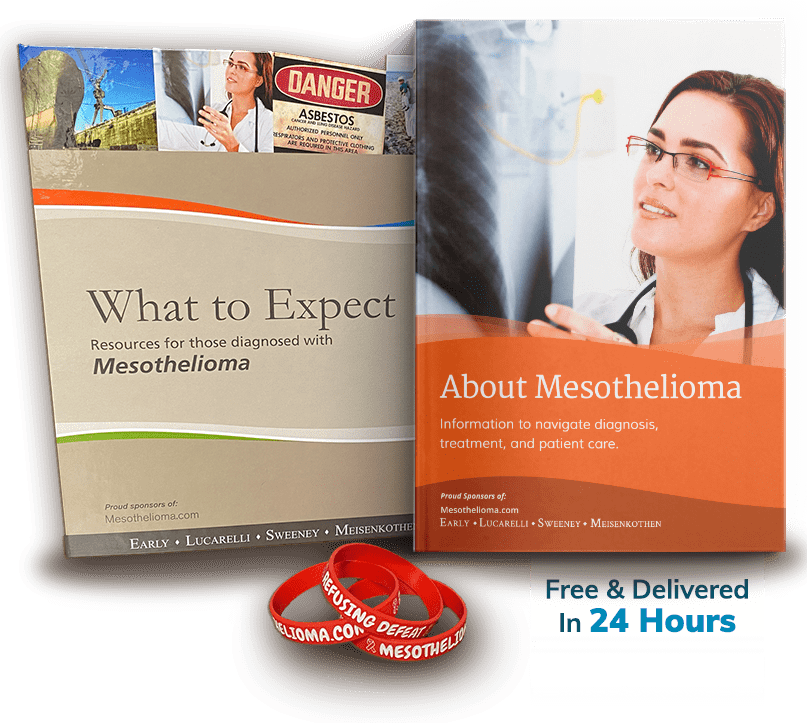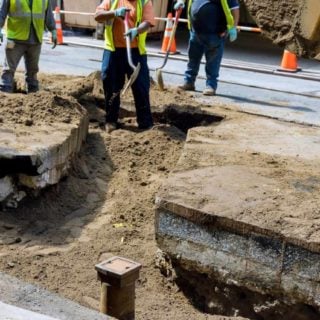
The U.S. Environmental Protection Agency (EPA) recently acknowledged some of the current risks of asbestos in the United States. It released these findings in itsFinal Risk Evaluation for Asbestos, Part 1: Chrysotile Asbestos.
Because the EPA found unreasonable risks to the public, it must now conduct risk management. In preparation for this and Part 2 of their evaluation, the EPA held a webinar to receive further public comment. Multiple individuals expressed their frustration with no full asbestos ban.
EPA to Conduct Asbestos Risk Management
TheToxic Substances Control Act (TSCA)requires the EPA to conduct risk management. This is after the EPA foundall six current uses of asbestos pose an unreasonable riskto the public. These uses include chrysotile asbestos-containing:
- 膜片加工/工业使用in the chlor-alkali industry*
- Sheet gaskets for processing/industrial use in chemical production
- Brake blocks for industrial use/disposal in the oil industry
- Aftermarket automotive brakes and linings for commercial use/consumer use/disposal
- 商用车辆摩擦产品/ disposal
- Gaskets for commercial use/consumer use/disposal
*The chlor-alkali industry produces chlorine, caustic soda and other chlorine/sodium-based products.
Workers, occupational non-users, consumers and bystanders are all at risk. In other words, those directly handling asbestos/asbestos productsand those in the vicinity of asbestos/asbestos products are at risk of exposure.
What Are the Options for Addressing Asbestos Risk?
There are several options the EPA may take to address the risks of current asbestos uses.
Some options are as minimal as:
- Requiring minimal warnings/instructions about use, distribution and disposal
- Requiring recordkeeping, monitoring or testing
Other, more intensive options include*:
- Prohibit, limit or restrict manufacturing, processing and distribution in commerce, for a particular use, or for use above a set concentration
- Prohibit or regulate the manner/method of commercial use or disposal by certain persons
- Direct manufacturers and processors to notify distributors, users and the public about the unreasonable risk determination, and replace or repurchase accordingly
*More information about EPA risk management isavailable on their website.
Of these options, asbestos safety advocates seek a completeasbestos ban.
Public Opinions About EPA Next Steps
Recently, the public was able to share their thoughts on risk management with the EPA.
On February 3, 2021, the EPA held a public webinar. This was to discuss “Risk Evaluation and Risk Management for Asbestos, Part 1: Chrysotile Asbestos under TSCA Section 6.” During the webinar, EPA officials provided an overview of their process and findings. They also presented the above options for risk management.
Speaking Out Against Limited Action From the EPA
After the presentation, participants were able to provide a three-minute comment. The EPA did not respond to these comments during the webinar. Notable comments were given by asbestos ban advocates and from a representative of the chlorine industry. Multiple individuals expressed:
- Frustration with delayed action against asbestos risks, despite knowing the dangers for decades
- The extreme need for a complete asbestos ban
- Hope that the EPA will address legacy uses of asbestos, such asvermiculite insulationinhomes throughout the U.S.
- Knowledge that asbestos presents an unreasonable risk as soon as it is used and manipulated
- Fear that asbestos-containing products can be easily purchased online by consumers unaware of the associated risks
Overall, most of the individuals that chose to comment were concerned. They noted the EPA has taken initial steps in addressing asbestos risks. However, they also noted the EPA needs to take action quickly and thoroughly, with a full asbestos ban as the only option for complete public safety.
One individual from thechlorine industryexpressed confidence in the safety of their current asbestos use. They noted the use of respiratory protection to protect workers and compliance withregulationsput forth by the National Emissions Standards for Hazardous Air Pollutants (NESHAP) and the Occupational Safety and Health Administration (OSHA).
EPA’s Next Steps Toward Asbestos Safety
EPA officials have multiple tasks ahead of them after publishing theDraft Risk Evaluation for Asbestos and Final Risk Evaluation for Asbestos, Part 1: Chrysotile Asbestos.
The EPA plans to complete aFinal Risk Evaluation for Asbestos, Part 2. This will cover theother five types of asbestos, as well as legacy uses. AnEPA peer-review committeeand asbestos awareness groups expressed concerns that the EPA’s initial draft only covered chrysotile asbestos. They also noted it should have addressed legacy uses.
The EPA will also determine which regulatory actions it will take after confirming the unreasonable risks in Part 1 of their evaluation. It will make this decision after receiving comments from the public.





